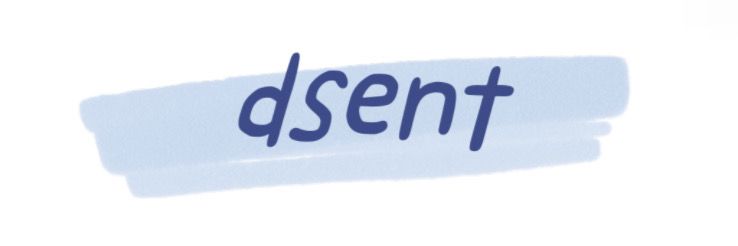Amusement Ride Equipment: Renting vs. Buying for Your Park
When it comes to amusement parks, one critical decision rests on whether to rent or buy ride equipment. This decision can significantly impact start-up costs, maintenance, and long-term profitability. In this article, we will explore the benefits and drawbacks of each option, supported by relevant statistics to help park owners make informed choices that align with their business strategies.
Overview of Amusement Ride Market
The global amusement park market is expected to grow at a CAGR of 7.5% from 2020 to 2027, reaching around $63.25 billion by the end of the forecast period (Source: Fortune Business Insights). As parks expand, so too does the need for additional attractions and rides. Understanding the financial implications of choosing to rent versus buy is essential for park operators.
Cost Analysis: Renting vs. Buying
Initial Costs
Purchasing amusement ride equipment can involve significant initial investment. The average cost for a major ride can range from $1 million to $5 million, depending on the complexity and design (Source: IBISWorld). In contrast, rental fees usually range from $3,000 to $50,000 per month, allowing parks to allocate funds more flexibly.
Maintenance Expenses
Parks that own their rides bear the brunt of maintenance expenses. Estimates suggest that maintenance costs can vary between 10-20% of the initial purchase price annually (Source: National Association of Amusement Ride Safety Officials). On the other hand, rental agreements often include maintenance within the rental price, alleviating some of the financial burdens on park owners.
Flexibility and Variety
Renting rides provides parks with greater flexibility, allowing them to adapt to changes in customer demand or seasonal trends. In a survey conducted by the International Association of Amusement Parks and Attractions, 54% of park operators indicated that the ability to rotate rides frequently was a key factor in their decision to rent (Source: IAAPA). This adaptability can keep the attraction offerings fresh and engaging for guests.
Capacity for Growth
For parks looking to expand, rental agreements serve as a strategic means to trial new equipment without committing large sums of money. According to a study by the Amusement Park Association, parks that utilize a rental strategy reported a 30% increase in customer attendance after introducing new rides (Source: APA). These statistics highlight how renting can spur growth and customer interest.
Long-Term Ownership Benefits
While the upfront costs of purchasing rides are significant, long-term ownership can yield higher returns. Once the ride's initial cost is recouped, the ongoing expenses typically decrease, which can lead to increased profits over time. Additionally, owning rides allows parks to customize them to create unique customer experiences, a luxury typically unavailable with rentals.
Considerations for Your Park
Ultimately, the decision to rent or buy amusement ride equipment should be informed by various factors, including:
- Financial stability and budget constraints
- Projected attendance and customer preferences
- The ability to maintain and store equipment
- Long-term growth expectations
Conclusion
The choice between renting and buying amusement ride equipment is not straightforward and depends on each park’s unique situation. Statistically and strategically analyzing both options, alongside industry trends, is crucial for optimizing your park's potential. By weighing short-term flexibility against long-term investment, park owners can make informed decisions that benefit their business in the long run.
For more targeted insights and advice, consider consulting with industry experts or financial advisors specializing in amusement park operations.

All Comments ( 0 )